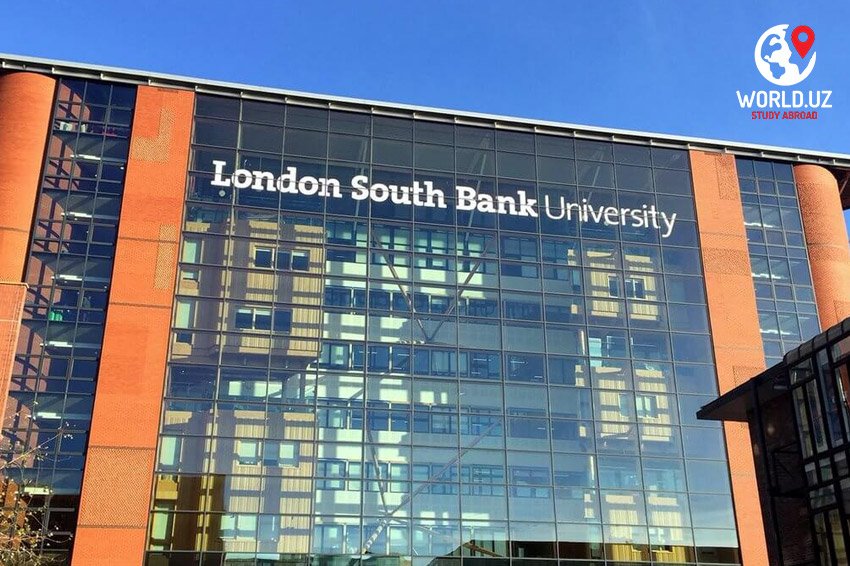From 1945 to 1953, British painter David Bomberg taught art at the Polytechnic forming the 'Borough Group' of artists with his pupils in 1946.[15] In 1956, the Polytechnic was designated a Regional College of Technology and Dr J E Garside was installed as the new Principal until 1965, when Vivian Pereira-Mendoza took over. Further extensions to the buildings were made during the 1960s with the opening of the National College Wing in 1961 and the extension buildings and Tower Block in 1969, which were officially opened by Prince Philip, Duke of Edinburgh.
In 1970, the Brixton School of Building (founded in 1904), the City of Westminster College (founded in 1918 – and not the same institution as the current City of Westminster College) and the National College of Heating, Ventilating, Refrigeration and Fan Engineering (founded in 1947) merged with the Polytechnic to become the Polytechnic of the South Bank. The new institution adopted a coat of arms designed to include two Thames barges set above a pentagon surrounded by five other pentagons. An official designation service took place the following year, at which Margaret Thatcher was the guest speaker. In 1972 the purpose-built Wandsworth Road site opened, providing space for the Polytechnic's Faculty of the Built Environment, which at the time was the biggest and most comprehensive faculty in Europe for teaching built environment subjects such as surveying, town planning, architecture and other property related professional disciplines. In 1975, the extensive London Road building was opened, providing space for expanding business courses and the library. In 1976, part of Rachel MacMillan College of Education merged with the Polytechnic along with the Battersea College of Education bringing with them sites at Manresa House, Roehampton and Manor House, Clapham Common.[citation needed]
In 1985 South Bank Technopark opened on London Road and in 1987 the Polytechnic changed its name again to become South Bank Polytechnic. In the same year, the British Youth Opera (BYO) was founded and made a home at the Polytechnic's Southwark campus. In 1987, Pauline Perry, Baroness Perry of Southwark was appointed Director, who oversaw the conversion of the Polytechnic into a flagship university.[citation needed]
In 1990, the Polytechnic was accredited for Research Degrees and in 1991 the Central Catering College at Waterloo and South West London College merged with it. In 1992, the newly created Baroness Perry (August 1991) became the University's first Vice-Chancellor.[citation needed]
In 1992, the Polytechnic was granted university status and accordingly changed its name to South Bank University. That year also saw the new university celebrate its centenary and adopt the marketing slogan, "the University without Ivory Towers". In 1993, Gerald Bernbaum was appointed Vice-Chancellor and the Centenary Library was renamed the Perry Library. Redwood College of Health Studies and Great Ormond Street School of Nursing merged with the university in 1995, leading to the establishment of two satellite campuses teaching Health at Havering and Whipps Cross (which closed in 2011).[citation needed]
